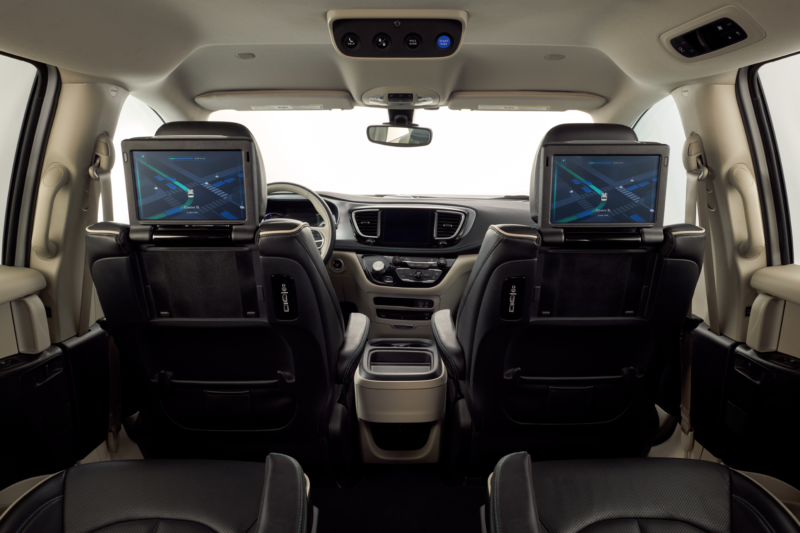
ATWATER, Calif.—I've never ridden in a car with no one in the driver's seat before. Still, I wasn't exactly blown away.
We've known for several years now that Waymo's (previously Google's) cars can handle most road conditions without a safety driver intervening. Last year, the company reported that its cars could go about 5,000 miles on California roads, on average, between human interventions.
On Monday, I was one of several reporters invited out to Waymo's secret testing facility at the Castle Air Force Base in California's Central Valley. There, I got a chance to ride in one of Waymo's newest self-driving cars.Waymo cars are designed to never have anyone touch the steering wheel or pedals. So the cars have a greatly simplified four-button user interface for passengers to use. There are buttons to call Waymo customer support, lock and unlock the car, pull over and stop the car, and start a ride.
-
Today, Waymo cars have safety drivers when they're on public streets. But the company envisions a future with no one in the driver's seat.
-
These four buttons are the primary way passengers interact with the car's software. There's also a camera so Waymo reps can see customers.Waymo
-
Screens embedded in the back of the front seats show realtime information about the vehicle's surroundings.Waymo
-
Traditionally, Waymo engineers represented road situations using complex diagrams like this.
-
Waymo worried that too much on-screen information could be overwhelming for ordinary passengers.Waymo
-
Waymo screens show a simplified and stylized representation of the situation outside the car, helping passengers to understand what the car sees and why it makes the decisions it does.Waymo
-
Waymo's software highlights construction cones to help reassure passengers that the car understands construction zones and can handle them appropriately.Waymo
-
At Waymo's Castle testing facility in California, a Waymo self-driving car is cut off by another vehicle, as part of a controlled test of Waymo's technology.Waymo
-
Waymo
Waymo is also thinking about how to make riders comfortable and build trust in the car's self-driving capabilities. A real-time display shows a schematic representation of the situation around the car. If there's a bicycle on the road ahead, for example, the passenger will see the outline of a bicycle on the screen. This helps to reassure the passenger that the car knows that it's there.
In addition to offering rides in the vehicles, Waymo also demonstrated some of its testing procedures. Waymo runs cars through carefully designed test scenarios, like being cut off by another car or having a car back out from a driveway. A dedicated team at the Castle facility runs through these scenarios over and over again, trying numerous variations to put the car software through its paces and generate helpful data for Waymo software engineers.
Obviously, the idea of a car that drives itself is pretty amazing. Still, at this point it's not surprising that Waymo cars can follow a carefully chosen route at a private test facility. Most of the test ride was at low speeds, and there weren't nearly enough cars around to create serious traffic problems.There were also some things about the Waymo customer experience we didn't get a chance to see. For example, participants in Waymo's early rider program in Phoenix hail cabs using an Uber-like app. But we didn't get a chance to see that in action. And when I asked to push the "pull over" button, my Waymo chaperone said that feature was still in development. (Update: a Waymo spokesman tells Ars that the "pull over" button does work. However, the event had a tight schedule, and it would have slowed things down too much to let reporters push it.)
So Waymo's self-driving minivans aren't quite ready for a commercial launch. But the company is sweating the kind of details you only worry about when a commercial product launch is months, not years, away. So before too long, I expect people in Phoenix to start seeing commercial self-driving cars moving around the streets with no one in the driver's seat.
reader comments
116